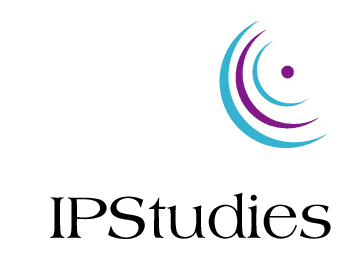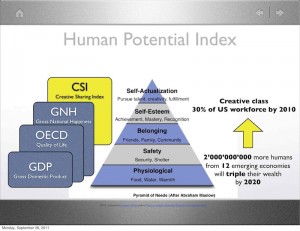I just came across a short insightful Harvard Business Review blog paper from Pr. Robert J. Thomas assessing collaboration as an intangible asset. Intangible assets is what buy-side analysts are focusing upon – they crave for innovation, but how do you measure that in advance to support your investment decisions? Pr. Thomas suggests to measure collaboration, starting from the assumption that behind innovation there are plenty of people, a.k.a. collective intelligence.
Category: Sharing
Patent analytics applications
In the last two decades, patent analytics methods have been developed, initially in the field of econometrics to measure R&D and technology innovation performance in different industry sectors and at national level, and now also at the corporate level, as they enable to better:
- Scope internal R&D projects as well as open innovation collaborations, by formally identifying the technological differentiation of internal background assets but also the most suitable partners and suppliers in terms of the robustness and complementarity of their protected know-how compared to internal assets;
- Identify and evaluate merger and acquisition targets in support to an external corporate growth strategy;
- Identify and develop additional revenue opportunities from licensing agreements and technology transfers, as an extra direct return from former intellectual property development and protection investments.
In parallel, a number of economists are proposing new models and gathering experimental evidence on the application of emerging patent analytics to the fundamental analysis of a technology company’s value. This approach aims at better capturing the 70% to 80% ratio of stock valuation that is now attributable to intangible assets, a large part of which are formalized into significant patent portfolios in the case of high-tech companies. Better analysis of the latter assets is required to help both institutional and private investors select their value investment to secure mid-long term sustainable dividends beyond the short-term speculation profits derived from pure technical analysis of accounting and financial data. Continue reading
Initiatives towards a Human Potential Index beyond GDP
The Economist-Innocentive challenge has inspired at least one other published initiative according to my google search: the Continuum Development Index. Interestingly, the author, Brandon Peele, also started from the pyramids of needs by Maslow. While I specialized my proposal on the creative sharing measurement as the best proxy to self-actualization I could think of, Brandon took a larger view by trying to define a framework encompassing many more areas of our needs, and also taking into account the trans-generational transmission.
Ideas Economy:Human Potential conference, day 2 highlights
The second day of the Ideas Economy:Human Potential conference gathered speakers with very different backgrounds, styles and visions, and was very entertaining thanks to this diversity, ranging from mobster rules applied to management to trends in American startups development. There was even a live guitar song and a bit of poetry mixed with all of that… and several empowering speeches by convincing advocates of a more human-centric vision and practice of corporate management.
Ideas Economy:Human Potential conference, day 1 highlights
I was glad to be invited to speak at this event as the winner of The Economist-Innocentive challenge on proposing a new human potential index (my winning proposal of a “creative sharing index” can be downloaded here). This also gave me the opportunity to listen to a number of outstanding speakers on emerging issues around human potential – here are my selected highlights of the first day.
Interview at The Economist’s Ideas Economy: Human Potential conference
As the winner of The Economist-Innocentive Human Potential Index challenge, I have the great opportunity to join other notable business leaders, management thinkers, authors and intellectuals who will discuss the future of work at The Economist’s second annual Ideas Economy: Human Potential conference on Sept 14th-15th at The Times Center in New York City…
The first year milestone
IPStudies celebrates its first year of activity on September 1st, 2011 – launching a brand new web site to more dynamically promote new services and partnerships – those that can be disclosed 😉 -, as well as breaking news and publications.
The blog part has been entirely revisited to facilitate publishing and referencing, and hopefully also improve your reader experience.
So, let’s start evaluating this with the first year birthday virtual speech!


